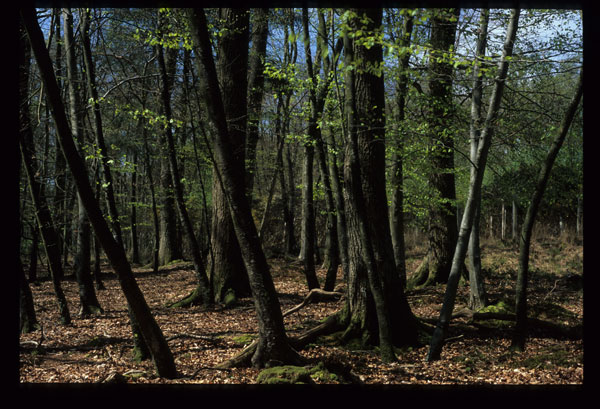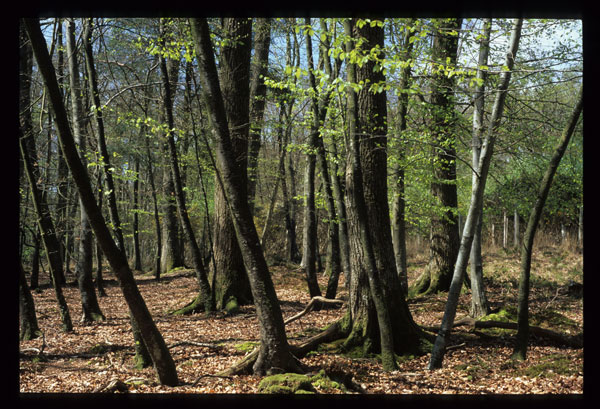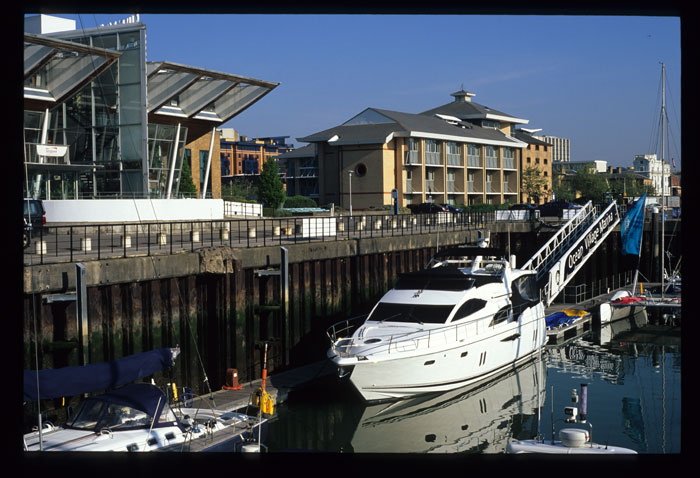What Steph and Helen said is what I do, more or less. I'll pick a mid tone and bracket a bit from there. Don't think anyone has mentioned bracketing - if you are ever going to need to do it, it will be with slide film.
You have to be prepared to compromise sometimes (e.g. in contrasty conditions that Steph mentioned), because you simply can't capture the same range of highlights and shadows that you would with negatives, so you have to decide what is important for a particular scene. Graduated ND filters are a must, and generally people think that blocked shadows look better than washed out highlights, but it's important to experiment and see what you like. If you are interested I can post a couple of examples that will show the difference a whole stop can make on Velvia 50.
I've recently tried slide film (Kodachrome 64 in fact) in a 35mm compact (my 'walking about' camera), which has basic controls and no detailed information display from the exposure meter. The results are surprisingly good, so in general my advice would be not to worry too much if your scene is evenly lit, just do what your camera's meter suggests, but experiment, get used to the film and you will quickly learn what it can and can't do.
Kevin




![[No title]](/data/xfmg/thumbnail/41/41891-e5bba75ac5ce57c6892ade4cfc3f7d4c.jpg?1734176244)



![[No title]](/data/xfmg/thumbnail/36/36134-64e77d33cc4c68e1253adc2879f24a96.jpg?1734168240)
![[No title]](/data/xfmg/thumbnail/38/38720-f0f83c1b09a42065eefec8923841d54d.jpg?1734172597)



![[No title]](/data/xfmg/thumbnail/41/41892-d6f91fd1c816420825658ffaad56df78.jpg?1734176245)
![[No title]](/data/xfmg/thumbnail/41/41894-692c98920dde335de241400937ed6166.jpg?1734176247)
